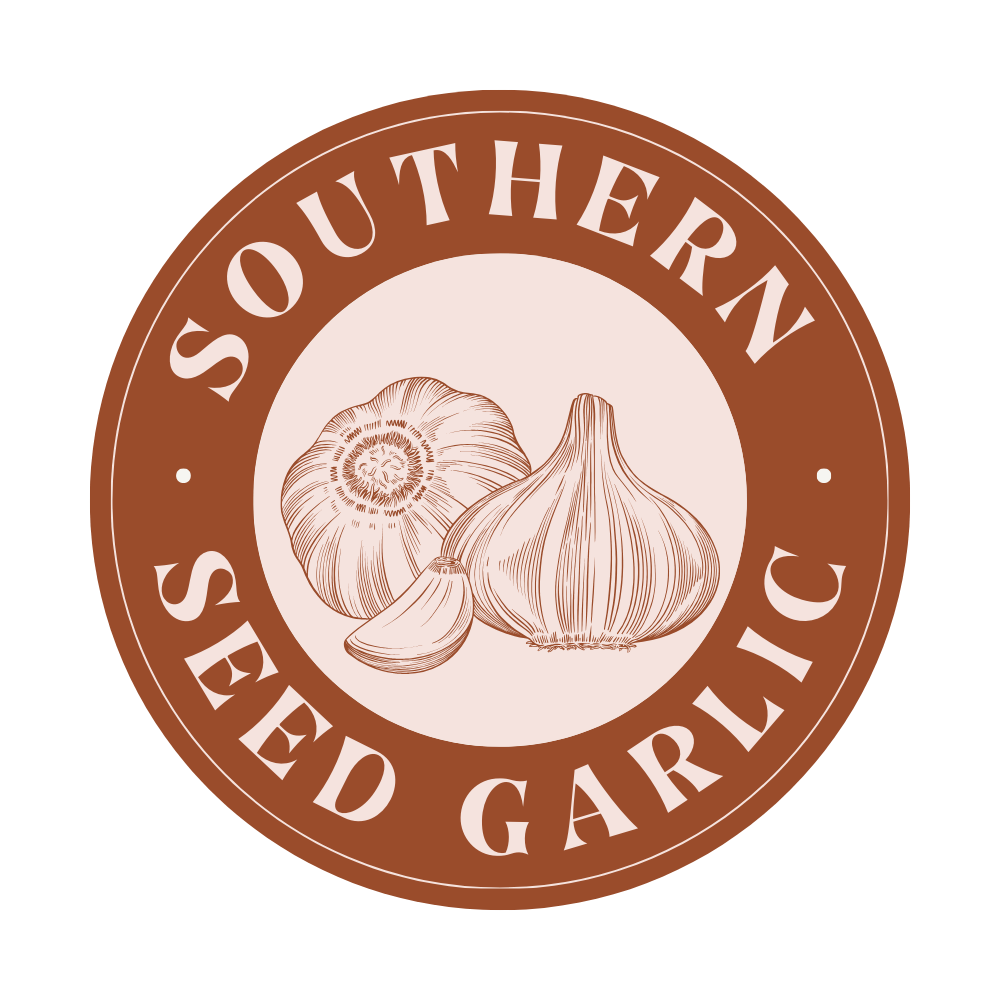Echinacea Seeds


Echinacea Seeds
Each packet contains 50 seeds and includes planting and tincture instructions.
Purple Coneflower is an endangered wildflower native to North America known commonly by its Latin name, Echinacea. Its beautiful purple blossoms are excellent for pollinator gardens. Summer is not the only time that echinacea benefits its environment, however. Leave the seed stalks in place for winter as a great source of feed for wild birds! Echinacea will come back year after year once established. It does well in southern gardens as far south as Zone 8a. Planting instructions and a list of our family’s favorite recipes for using it medicinally are included with each order!
Incredible, immune-boosting properties
Leaves, roots and flowers can all be used in teas, tinctures, and more
Easy to grow and fits well into any garden or foundation planting
Show-stopping purple flowers in summer
Plant in Fall.
How to Grow:
Sow into well-worked, weed-free ground immediately after the first frost.
Deep-South growers, check out seed-stratification methods to trigger germination in your area. Otherwise, simply sow the seeds into well-worked, weed-free ground immediately after the first frost.
Sprouts will emerge in late spring.
Echinacea will come back every year once established.
This is the one medicinal herb in my garden that I would not want to be without. These are seeds we have cultivated and harvested right here on our family farm. Help preserve this little national treasure by cultivating some in your garden.
– Sarah

